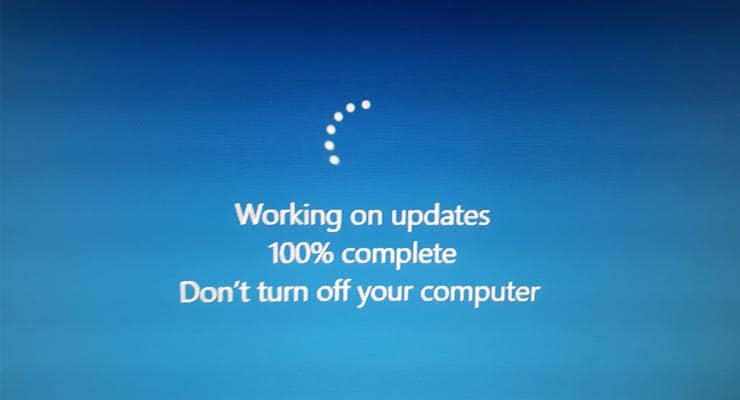How Windows 10 users receive updates is going to change
Users of Windows 10 will have more control over how and when they receive updates starting from May 2019 as Microsoft test a different approach amid complaints around update disruption.
There are two types of updates that you’re likely to receive from Microsoft. Monthly updates, which contain small tweaks, sort out minor bugs and fix security flaws. Then there are the feature updates, which are bigger updates and add different features to Windows 10, and these happen twice each year.
Currently there is no way you can avoid getting these updates. When they’re ready, they will download and install onto your device.
This proved quite a problem for many Windows 10 users when the last feature update went live in October 2018. The update managed to break a lot of peoples PCs, and understandably, not a lot of those users were particularly happy about the blunder.
Sponsored Content. Continued below...
Microsoft recently announced that they’re changing the way updates happen starting from May 2019 when the next feature update is due, and this new approach will give users more control over how and when they install.
Firstly, users can opt to delay feature updates indefinitely. Well, sort of. When a user’s version of Windows 10 nears the end of its support life, Microsoft will automatically install the feature updates. But until then, the end user can delay it for however long they wish. Or they can download it straight away, which Microsoft claims is the recommended course of action (is it really, though?) or they can wait 35 days and then install the feature update.
Sponsored Content. Continued below...
Monthly updates cannot be delayed indefinitely – namely because they may contain important security fixes that you’ll need sorting as some point. You can, however, pause these updates up to 35 days as well.
Another change is that (after the October 2018 update debacle) Microsoft will be spending a much longer time testing updates before releasing them upon the general public, in order to ensure they’re not going to cause any widespread issues.
All of this, of course, is to try and avoid disruption to Microsoft customers, yet still encourage them to have the most up-to-date version of their operation system. But will it work? We will have to wait and see.
Continued below...
Thanks for reading, we hope this article helped, but before you leave us for greener pastures, please help us out.
We're hoping to be totally ad-free by 2025 - after all, no one likes online adverts, and all they do is get in the way and slow everything down. But of course we still have fees and costs to pay, so please, please consider becoming a Facebook supporter! It costs only 0.99p (~$1.30) a month (you can stop at any time) and ensures we can still keep posting Cybersecurity themed content to help keep our communities safe and scam-free. You can subscribe here
Remember, we're active on social media - so follow us on Facebook, Bluesky, Instagram and X
